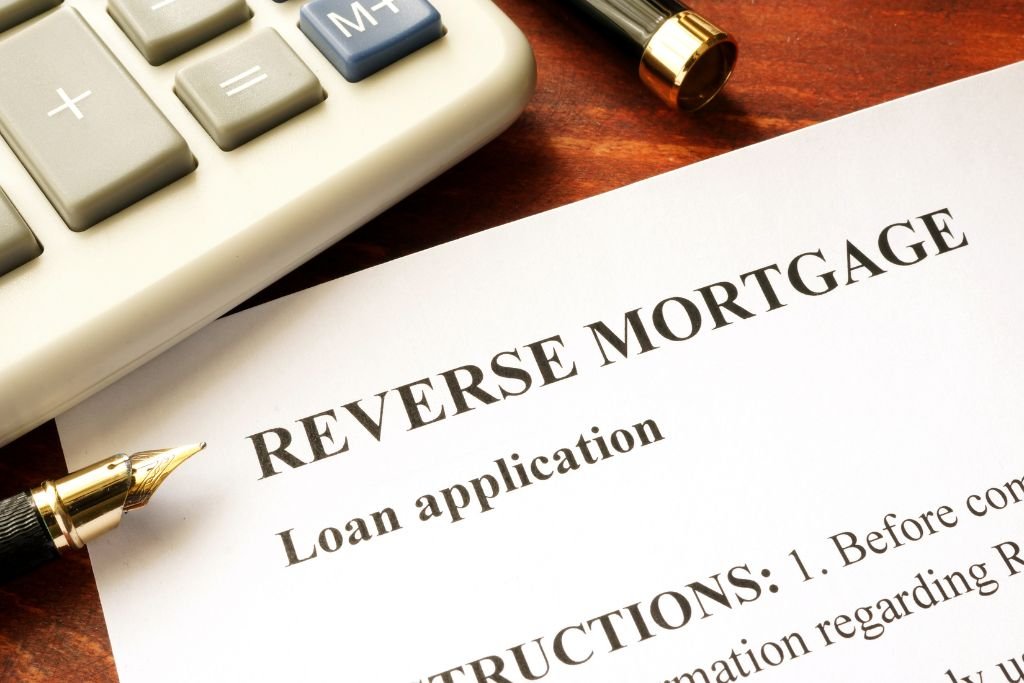The Home Equity Conversion Mortgage (HECM) accounts for nearly all reverse mortgages in the US, and for the US Department of Housing and Urban Development (HUD)’s fiscal year 2022-23, the number of HECMs fell by around 50% when compared to the prior year. Indeed, the industry has been on a general downward slope since the heady days of 2007 – 2009, when more than 100,000 mortgages were issued to Americans each year.
If the industry is to turn the trend around, it will need to navigate some headwinds. Higher interest rates are the obvious challenge du jour, with the US Federal Reserve’s effective interest rate being, at the time of writing, 5.33%, the highest since February 2001.
Interest rates have plateaued, however. And inflation in the US is currently 3.1%, down from a recent peak of approximately 9% in the middle of 2022, so those Americans with half an eye on the reverse mortgage market to access capital tied up in their home will be hopeful that rates will begin to fall, making their reverse mortgage less expensive should they decide to take the plunge.
Those that do face a dizzying array of costs, however. It’s something that, according to Jarred Talmadge, Independent Consultant at JJTMBA, LLC, in Denver, CO, serves as a significant deterrent to moving forward with a reverse mortgage.
“To take out a reverse mortgage in the US, you have to have counselling from a HUD-approved reverse mortgage counselling agency. If you go ahead, then you have origination fees. Then you have real estate closing costs and an initial mortgage premium. And then there are ongoing costs. So, if you want to take out a reverse mortgage for $250,000, it’s not impossible that 25% of that will be eaten up in costs. People think, ‘here’s this big wall of money, and I have to give 25% of it to the government?’ That thought process short circuits many people,” he said.
Regulators have been trying, in recent years, to stem the decline and stimulate demand. As with every year, HUD is increasing the Maximum Claim Amount (MCA) of the HECM program – in 2024, this is set to be $1,149,825 – in order to increase the number of American homeowners who can access a reverse mortgage, for example.
But industry insiders like Talmadge say there’s a more fundamental problem that is contributing to the current drop in demand.
“The standards for the industry were set back in 2018, when rates were near zero. As a result, the ability to calculate what a borrower can take out of their house, was determined by near zero interest rates. In a rising interest rate environment, the ability to borrow has been diminished, due to the requirements for reserves, by FHA. So, where a borrower who was in their mid-sixties could have borrowed up to 40% of their equity, at times when interest rates were low, that number has more than halved down to about 18%.”
Another hurdle the industry needs to navigate is that of a lack of awareness. A recent survey by reverse mortgage lender Mutual of Omaha suggests that 74% of homeowners in the United States ‘have little knowledge of reverse mortgages’.
The awareness challenge in the market is not only one of outright ignorance. Misconceptions abound amongst those that do have some level of knowledge; Mutual of Omaha’s survey suggests that 40% of those Americans think that their heirs won’t inherit their home, which is incorrect: whilst the heirs will have to pay the balance on the reverse mortgage, they can remortgage to do that, or settle it in cash.
“The general public in America don’t understand that there isn’t a negative equity issue in the reverse mortgage market,” says Talmadge. “They [the regulators] won’t let you inherit the debt. The product has to some degree been vilified and misrepresented.”
There was something of a post-Covid bump in 2021-2022, which Talmadge attributes to many Americans wanting to try and avoid going into a care home because of the perceived risks around communal living and spreading viruses and diseases, but that fear has subsided, at least, for now. And while interest rates will likely be the primary factor influencing the market in the short term, Talmadge says that some out of the box thinking is required to really help the market to grow.
“Someone needs to have the wherewithal to buck the trend and put into place a new marketing strategy that shows the benefits of reverse mortgage in a way that the public accepts,” he said.
“The market will also need help from the FHA, to loosen the restrictions on the amount a client can borrow. There is room between the current standards and still making sure clients will have equity in case of a sale later down the road. By boosting the available funds to even 60% of the borrower’s equity, and then changing the marketing to focus on the benefits to the clients, the non-bank lenders could thrive, and it might entice the banks to get back in the game.”

